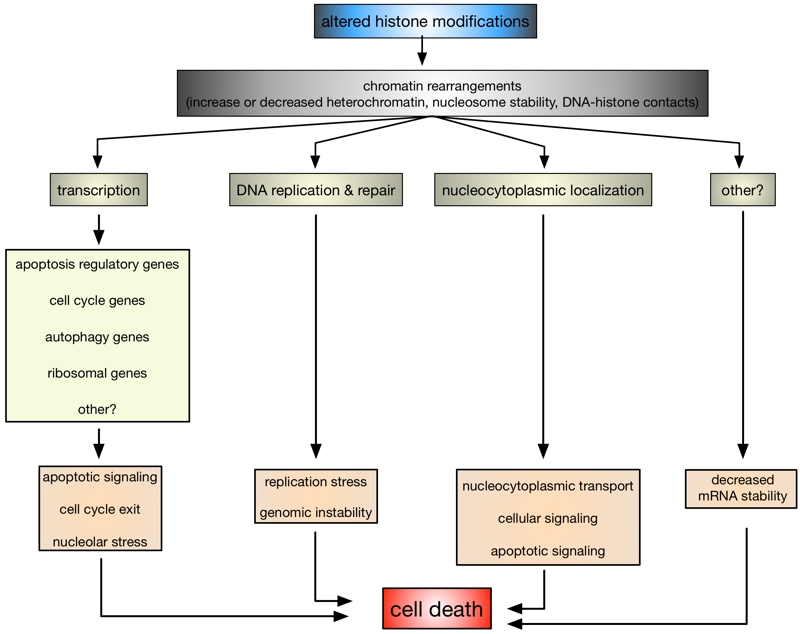FIGURE 2: Schematic presentation as to how altered histone modifications might promote cell death.
Changes in histone modifications will lead to structural rearrangements in the chromatin, which in turn will affect processes, such as transcription, DNA replication and repair, nucleocytoplasmic localization of proteins. Altered transcription may change the expression of regulatory apoptotic factors, cell cycle, autophagy, ribosomal and other vital genes, which in turn will affect apoptotic signalling, cell cycle progression and/or ribosome biogenesis, which may lead to cell death. Replication stress, genomic and mRNA instability, defects in nucleocytoplasmic transport as well as other vital signalling pathways may also lead to cell death as a consequence of altered histone marks.

